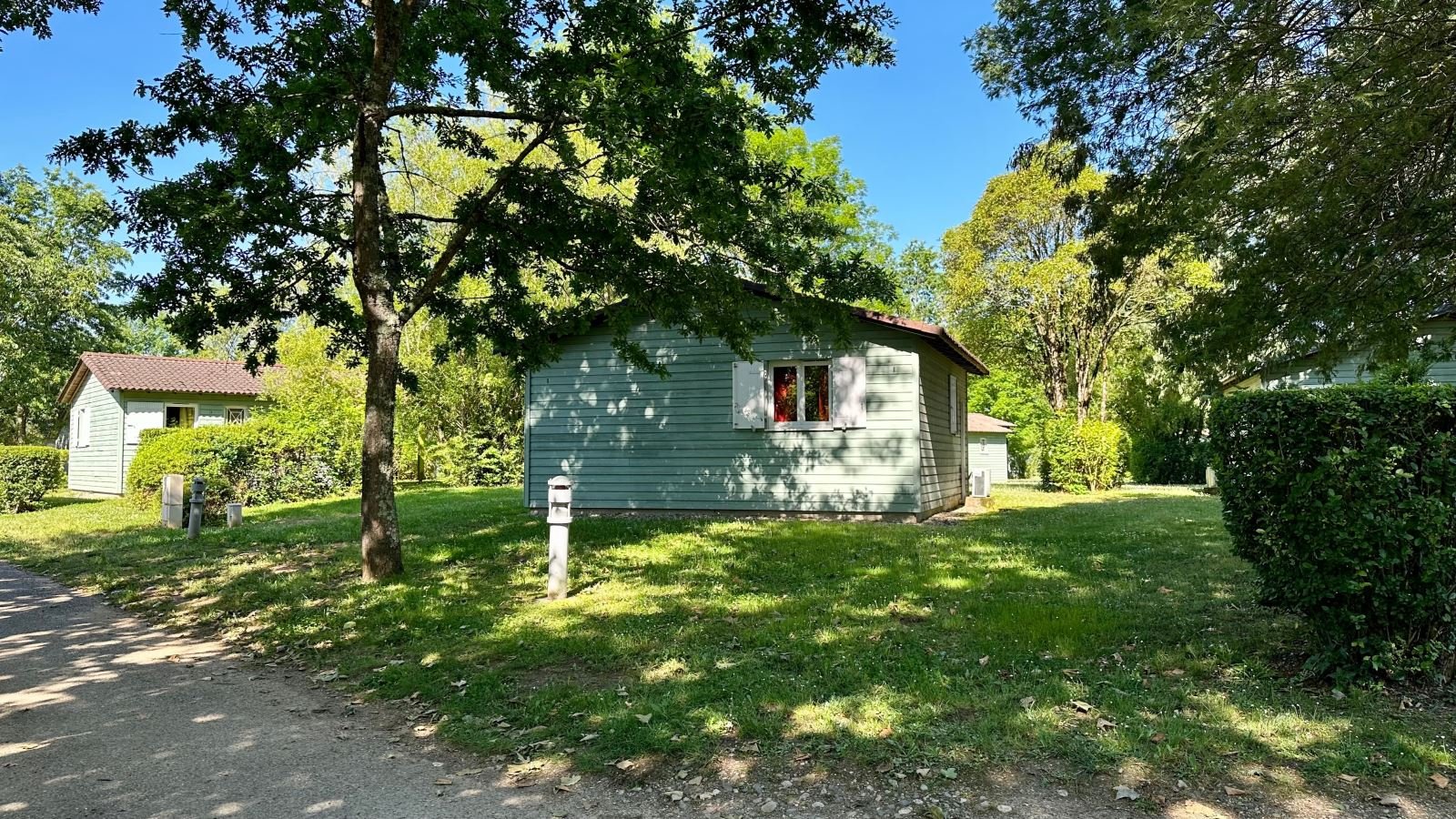
Peaceful wooden houses nestled under the cool shade of trees help visitors live in the middle of nature.
The fields stretch as far as the eye can see, the green orchards stretch as far as the eye can see, the peaceful wooden houses hidden under the shady trees, and the local specialties that awaken the senses of diners... The concept of "slow tourism " is being applied in many rural areas of France as a sustainable development strategy.
The Lot-et-Garonne department, part of the Nouvelle-Aquitaine region, is located on a fertile alluvial plain formed by the Garonne and Lot rivers, famous for their clear and gentle beauty. The area is also a place where natural heritage and long-standing agricultural traditions intersect. Since ancient Roman times, the area has been famous for its winemaking and its developed waterways, creating an agricultural economy deeply tied to land, water and people.
Today, this land has become an ideal destination for those who want to temporarily leave the urban life to find peace, balance and connection with nature. More and more tourists from big cities choose this place as a resort to recharge their energy and find the original values of life.
With the orientation of developing eco-tourism and sustainability, the locality focuses on preserving the environment, promoting organic agricultural production and encouraging a healthy lifestyle. The accommodation system is invested in the model of comfortable bungalows, in harmony with the natural landscape, providing visitors with a comfortable and private resort space while still maintaining a rustic and close-knit feel. In particular, visitors can also experience cruising on the Lot River, exploring the poetic and tranquil beauty of the French countryside, where nature and people coexist in harmony.
"Slow tourism is a policy that many local travel agencies are aiming for. It is a tourism model based on consuming local products, resting, relaxing and operating at a slower pace than usual. Coming to this land, tourists have the opportunity to experience local products, live more leisurely while immersing themselves in nature, and have a slower way of operating with different means of transportation than usual. Fewer cars, more bicycles, more kayaks, and many other diverse means of transportation that respect nature and the environment more," said Ms. Magda Beatriz Gomes Oliveira, representative of the Lot-et-Tolzac Inter-Commune Cluster Tourism Office.
This slow-living philosophy not only helps protect the environment but also creates deeper experiences for visitors. Instead of racing against time, visitors are encouraged to enjoy every moment, exploring every corner of the land they visit. Agricultural products, which are local specialties, always attract tourists. One of the most famous products of Lot-et-Garonne province is Agen dried plums. Ms. Oliveira proudly shared: "We have many specialties, but Agen dried plums are the most famous fruit, and the one that is known the most in the world."
Ms. Guijarro Avrand, owner of a dried plum farm, said that tourists are increasingly interested in the production process and to meet this demand, she opened a plum museum right on her farm. She said: "Many people only learn about the production process of this dried fruit when they come here. Dried plums do not come naturally, nor do they grow on trees. First, it is a fresh plum and then through the drying process it becomes dried plum. We are here to help tourists discover the traditional flavor and they are very happy to know a typical product of Lot-et-Garonne".
However, the agritourism industry also faces challenges. Ms. Guijarro Avrand frankly shared about the plum production situation: "Due to the effects of climate change, taking care of the trees is becoming more and more difficult. But fortunately, people are interested in nature again. And it is good that people want to know what we do, how we do it with plum trees and plums. Our job is to explain so that they understand and love nature more."
Not only plums, this land also possesses many other specialties. Mr. Bernard Michel, chef of Le Commerce restaurant in the village of Castelmoron-sur-Lot, who is knowledgeable about local agricultural products, does not hide his pride when listing the specialties: "We have French-style braised duck legs, foie gras pate, dried plums, plum wine, Armagnac... We also have unique small-scale wine production, and then of course the brown beef of Aquitaine. Each region has its own typical products such as Marmande tomatoes, Tournonde meat pie, Agens plums, Cancon hazelnuts with their diverse products...".
One of the highlights of the sustainable tourism model in France is the "Welcome to the Farm" program. This program is currently supported by many tourists and farmers, because it allows farmers to welcome tourists to their farms, helping them discover and experience quality, seasonal and very local products. The program is increasingly popular because it meets the needs of tourists who want to discover local consumer goods and experience local culinary culture, while contributing to increasing farmers' income.
Country markets are one of the unique activities of the region. Mrs. Oliveira describes: "In the summer, we organize many country markets. Unlike traditional local markets where there are stalls with all kinds of products for sale, here is a country market with long tables where people can come and choose food from producers and farmers, or bring their own food. Everyone sits together to share a delicious meal and cheerful music".
With the "Welcome to the Farm" program, agritourism establishments have achieved significant success. The Hazelnut House welcomes more than 15,000 visitors each year, while the Plum Museum welcomes 15,000-20,000 visitors. "In fact, more and more tourists are turning to local and regional products. Hazelnuts were not originally a product of this region, but over the past 40 years, they have become a symbol of our region through the orchards that you can see when walking around and through the product itself that is popular with consumers," said Anne Sophie Frayssinet, head of the Hazelnut House.
This rural tourism trend is especially appealing to tourists tired of urban life. Mr and Mrs Jacky from Libourne shared: "We went to the countryside for a change of pace, away from the hustle and bustle of the city. It's really quiet and beautiful here with trees, and all kinds of fruits and vegetables, from strawberries to cherries, from plums to hazelnuts."
Having witnessed the development of tourism in his village for the past 40 years, Olivier Arade commented: "This is truly a new economic trend in our rural area, which was purely based on agriculture... Today in France, our land has become a trendy tourist destination, and is increasingly popular, with a return to handmade products, fresh products, quality products and holidays in harmony with nature. Especially after the COVID-19 pandemic, people have an increasing need to live in green and spacious spaces."
The green tourism model associated with agriculture in the Lot-et-Garonne province of France has proven that combining environmental conservation, economic development and local cultural preservation is completely feasible. By respecting nature, promoting local products and creating authentic experiences, this model not only attracts tourists but also contributes to protecting the environment and improving the quality of life of local people. This trend is especially suitable for the post-COVID-19 era, when people increasingly want to be close to nature, live safely and meaningfully. This can be a valuable reference model for other rural areas in the world that are looking for sustainable development.
Exploiting the potential of agricultural products and rural spaces to develop tourism not only brings economic benefits but also contributes to preserving cultural values and improving the lives of local people. However, for this model to develop sustainably, there needs to be close coordination between the government, people and businesses in planning infrastructure investment, improving service quality and promoting the image. If organized systematically and creatively, agricultural tourism can completely become an effective direction, creating a distinct highlight for the tourism industry in the coming time.
Source: https://bvhttdl.gov.vn/du-lich-xanh-su-ket-noi-ben-vung-giua-nong-nghiep-va-du-lich-nong-thon-20250808084825879.htm








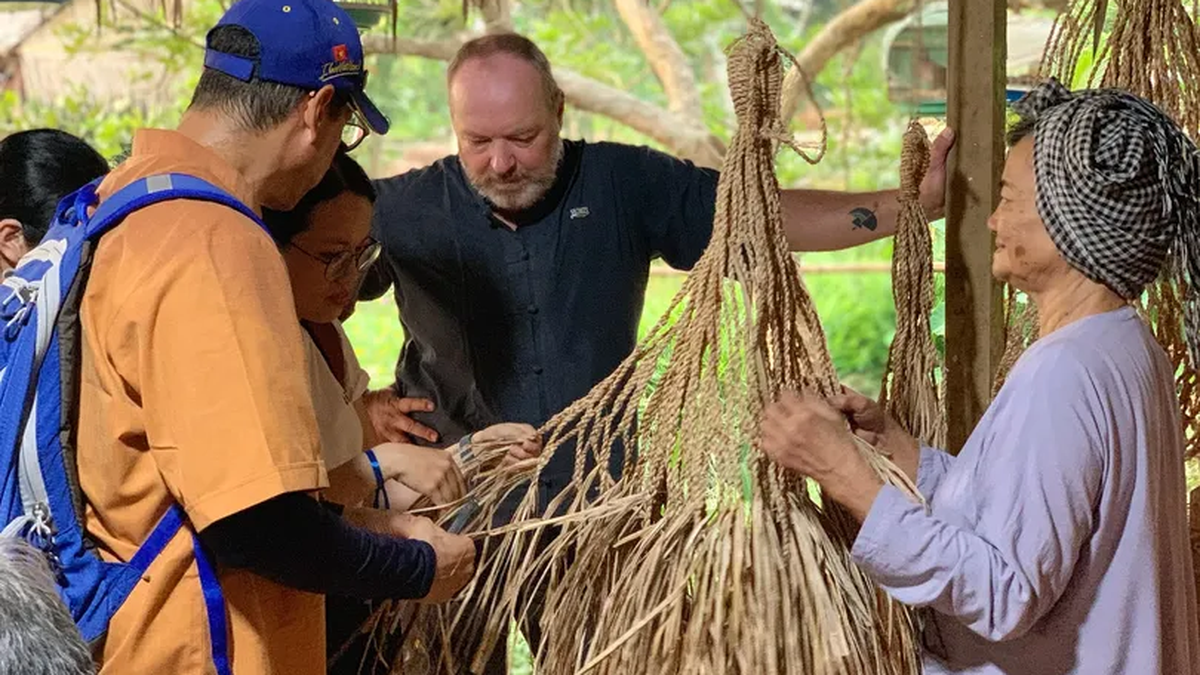

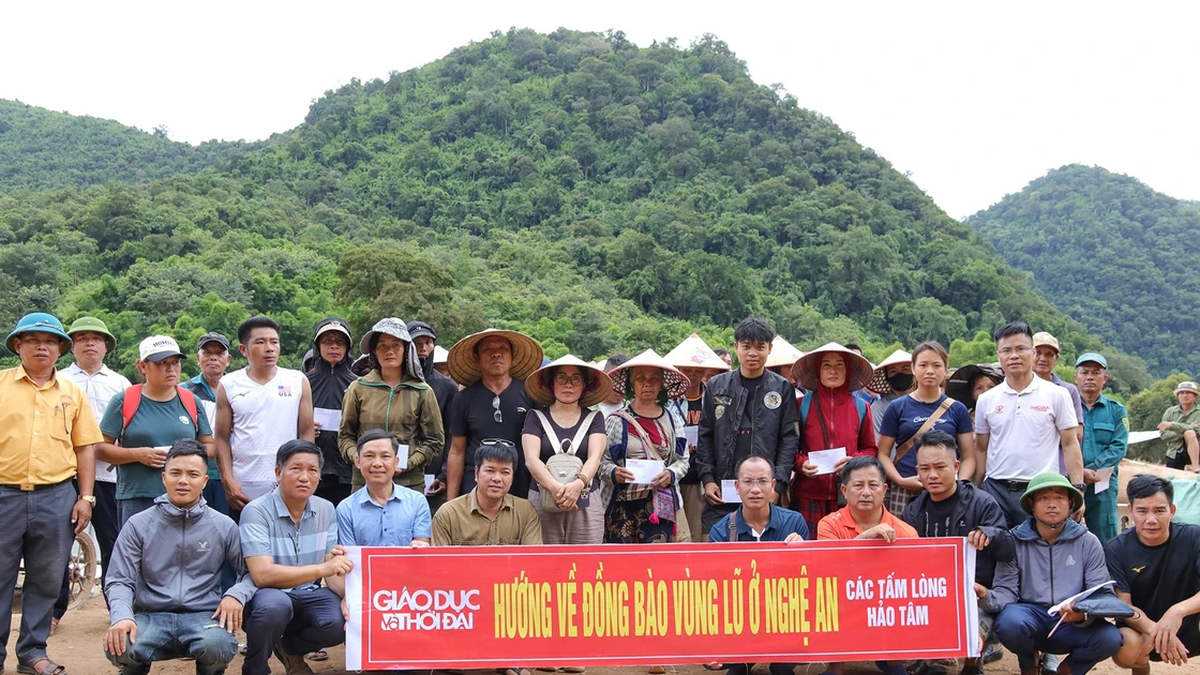














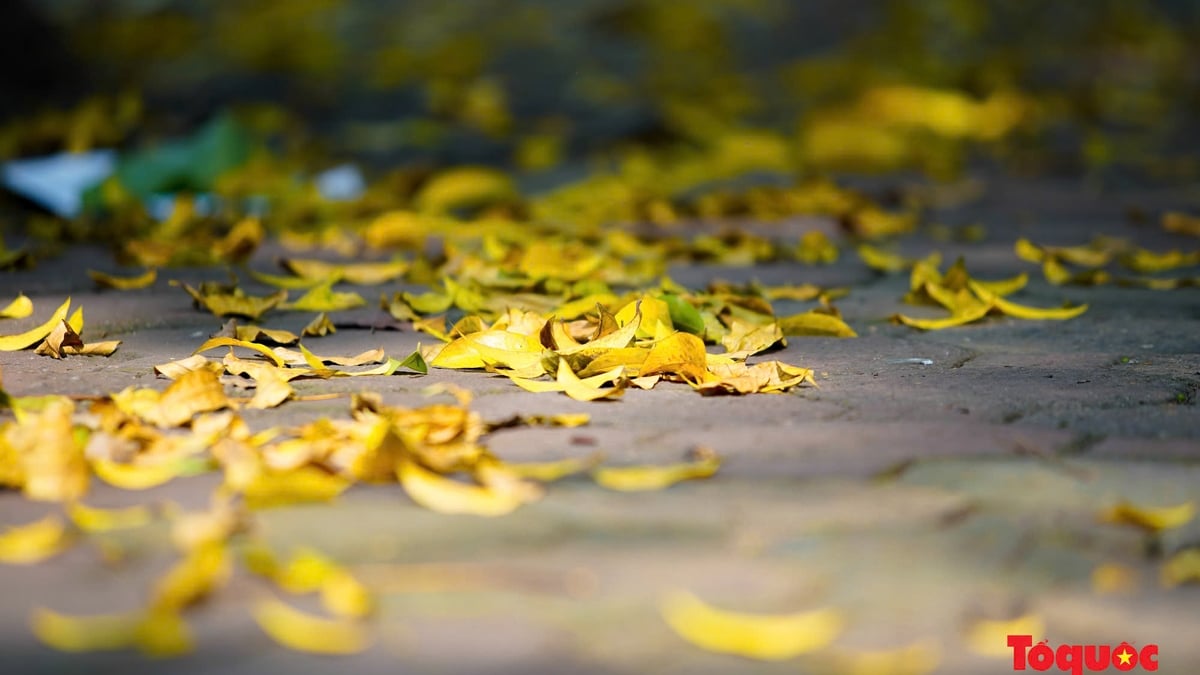
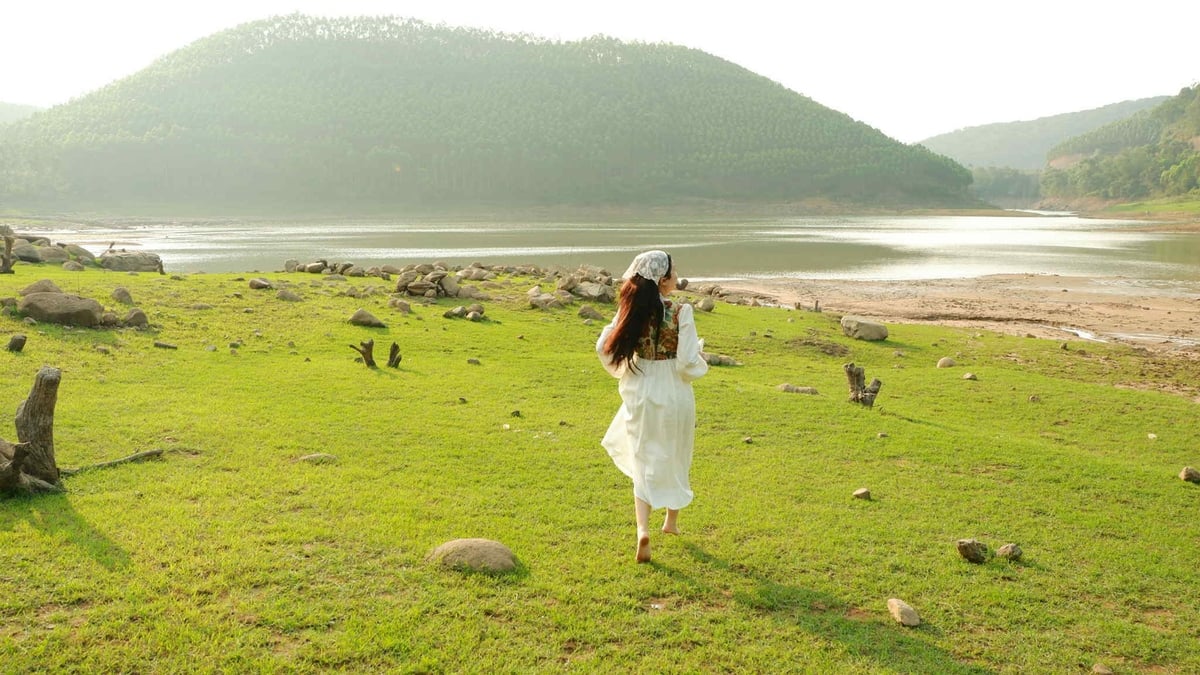

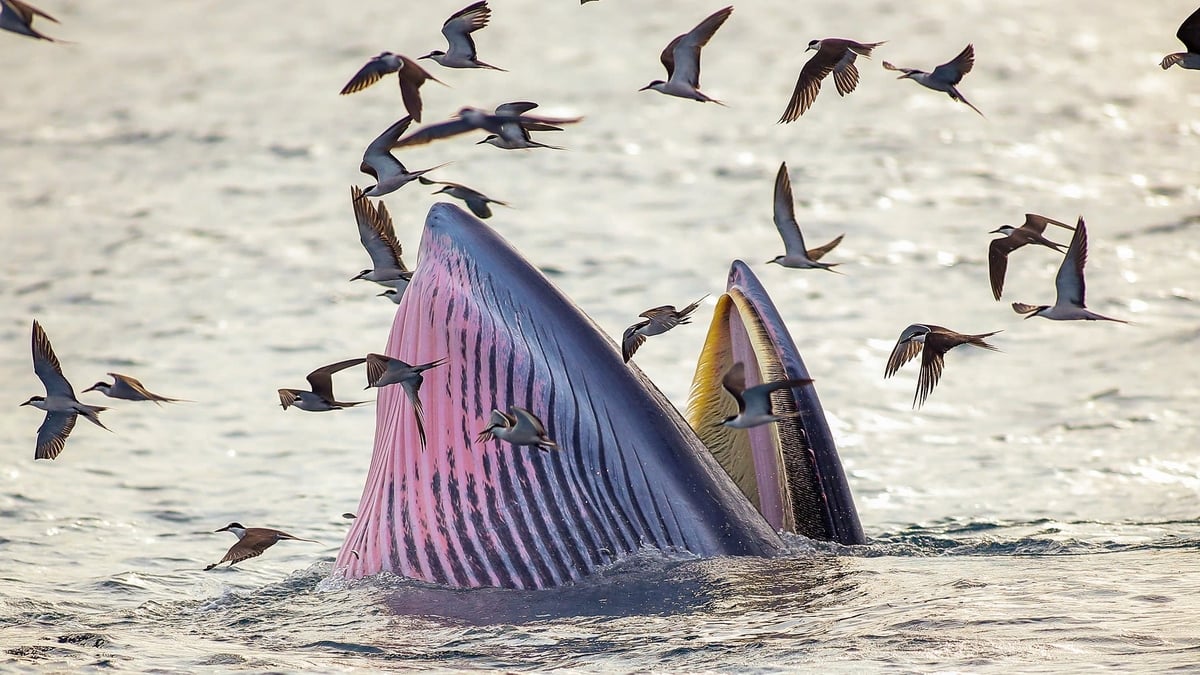
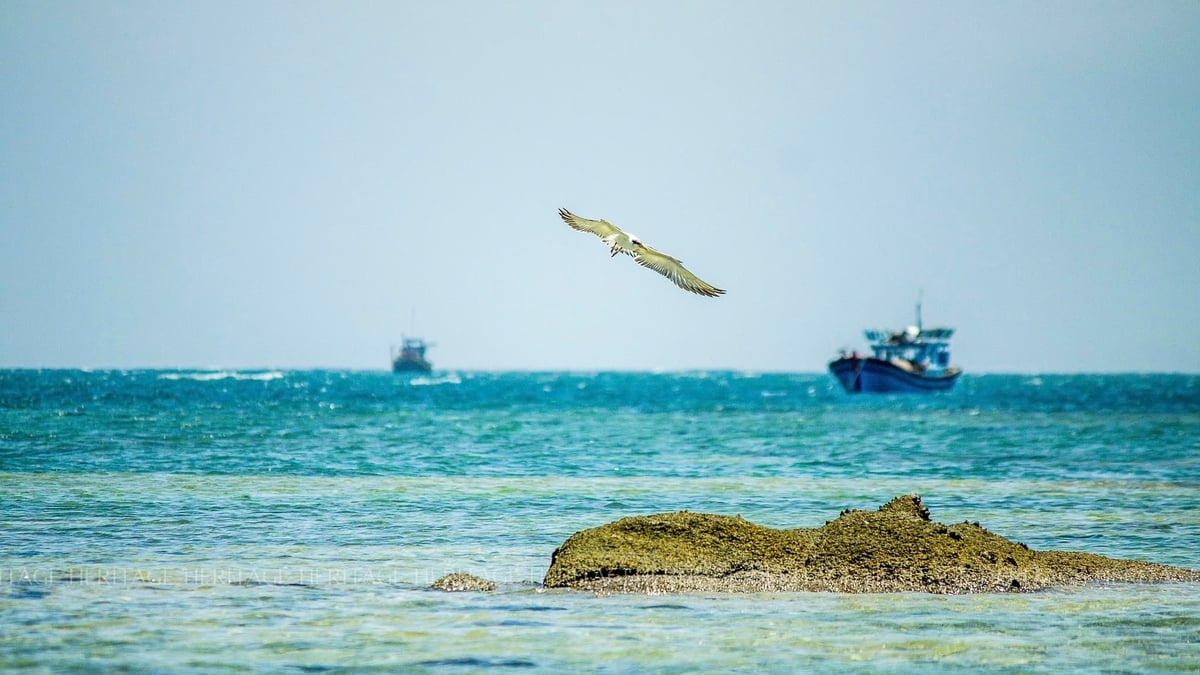


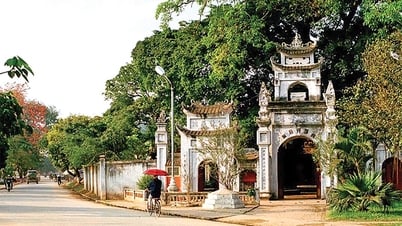


































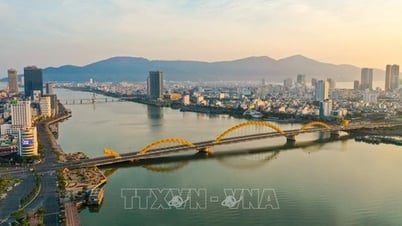

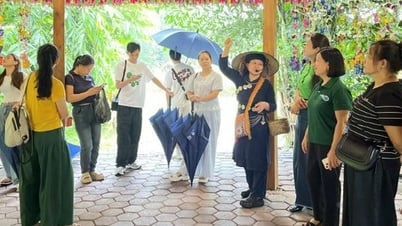
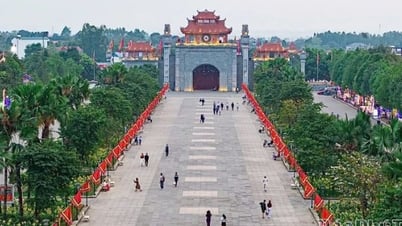























Comment (0)